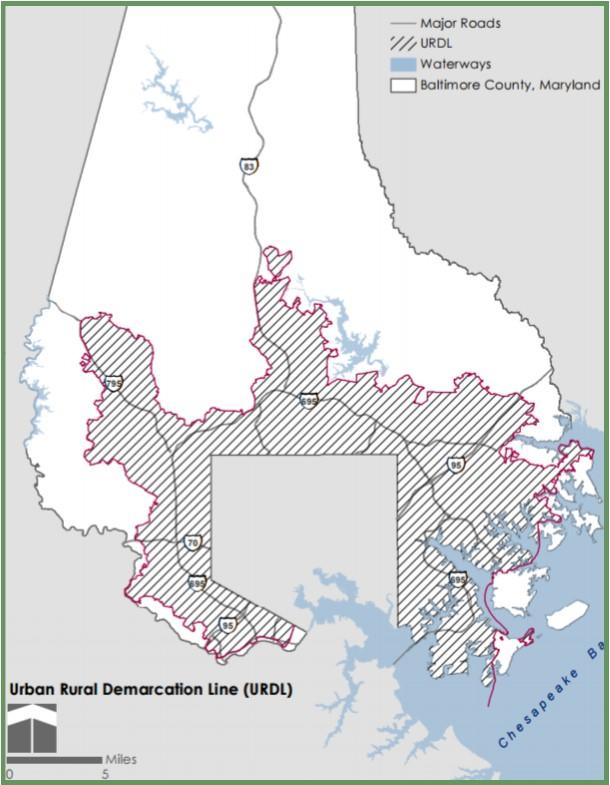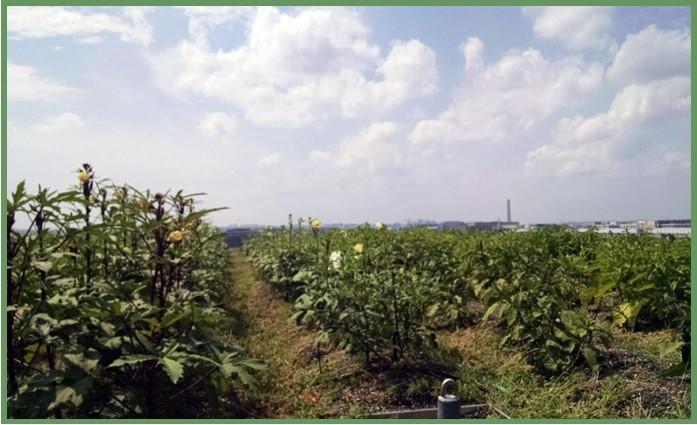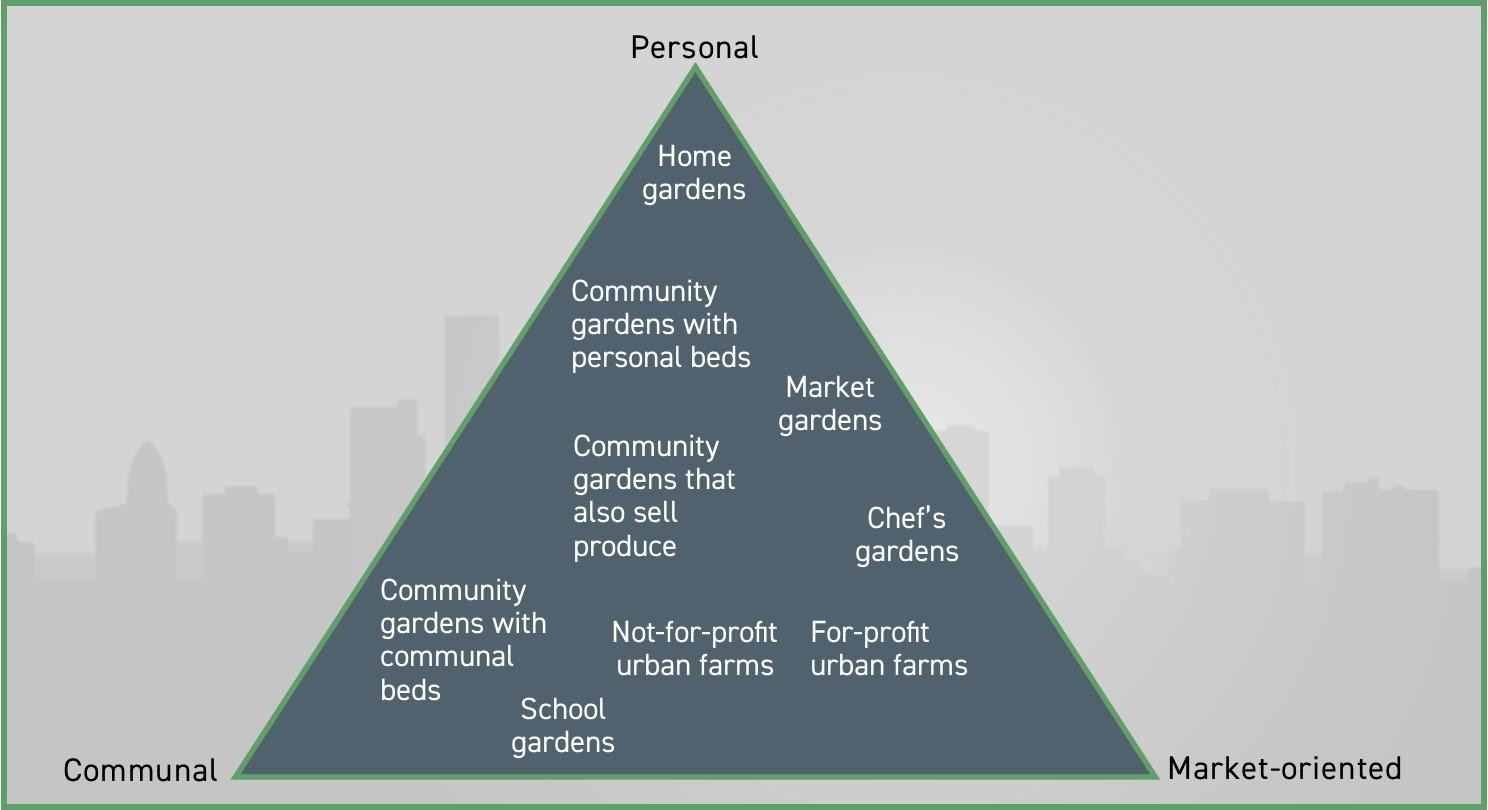Introduction
It’s been raining for weeks, the weeds are strangling your crops, it seems like there are fewer customers at the farmers market every week, your landlord just called to say your rent is going up, your summer helpers decided they would rather work indoors, and on top of it all that unrealistic Extension Agent keeps bugging you to write a business plan.
Does any of this sound familiar?
If it does, you’re not alone. Surviving the day-to-day challenges of farming can be overwhelming, leaving you exhausted and struggling to remember why you started in the first place.
As Extension educators with a combined 96 years of experience working with farmers, we have seen a lot of farmers struggle with this paradox. We want to see farmers succeed, and we’ve seen too many burn out or go out of business. That’s why we wrote this book, to help you figure out how to move from reactive crisis management to proactive risk management.
Risk management
Risk management is proactive planning so that you can make the most of opportunities and minimize the impacts of threats.
For example, adopting preventative pest management strategies can reduce the impact of pests when they do occur, reducing the impact of a threat. Conducting market research can enable a grower to identify which crops and products are in high demand relative to their supply, enabling the grower to take advantage of an opportunity.
We also recognize that, compared with rural farmers, urban farmers face unique challenges. Urban farmers often produce a dizzying number of different crops at multiple small locations; draw income from alternative enterprises like agritourism and value-added crops; and want to use their farms to achieve diverse financial, social, and environmental goals.
That’s why it was important to take the time to listen to urban farmers about what has worked and what has not worked for them. In focus groups, we asked urban farmers what financial success looks like to them, what strategies have helped them achieve their goals, and what strategies did not work as well for their urban farming realities. We incorporated that input, as well as results from surveys and interviews of urban farmers in Maryland, outcomes from learning activities at Urban Farmer Field Schools, and input from urban farmer on the rough draft of this guidebook, to craft the tools and information you’ll find in the following pages.
The purpose of this guidebook is to help current and aspiring urban farmers move from crisis management to proactive risk management. As an urban farmer or urban ag entrepreneur, it’s easy to spend all your time putting out metaphorical (or literal!) fires, triaging your To-Do list and chasing that fabled big grant or trendy new crop that you hope will solve all your financial problems. But by investing the time to clarify your goals, and what steps you need to take to achieve them, you will be better able to achieve financial stability and prevent yourself from burning out.
If you’re new to urban agriculture, please read the “What is urban ag?” section next.
But if that sounds too introductory, please skip to the Goal Setting exercise, which will help you make the most of this guidebook.
 English
English العربية
العربية Български
Български 简体中文
简体中文 繁體中文
繁體中文 Hrvatski
Hrvatski Čeština
Čeština Dansk
Dansk Nederlands
Nederlands Suomi
Suomi Français
Français Deutsch
Deutsch Ελληνικά
Ελληνικά हिन्दी
हिन्दी Italiano
Italiano 日本語
日本語 한국어
한국어 Norsk bokmål
Norsk bokmål Polski
Polski Português
Português Română
Română Русский
Русский Español
Español Svenska
Svenska Català
Català Filipino
Filipino עִבְרִית
עִבְרִית Bahasa Indonesia
Bahasa Indonesia Latviešu valoda
Latviešu valoda Lietuvių kalba
Lietuvių kalba Српски језик
Српски језик Slovenčina
Slovenčina Slovenščina
Slovenščina Українська
Українська Tiếng Việt
Tiếng Việt Shqip
Shqip Eesti
Eesti Galego
Galego Magyar
Magyar Maltese
Maltese ไทย
ไทย Türkçe
Türkçe فارسی
فارسی Afrikaans
Afrikaans Bahasa Melayu
Bahasa Melayu Kiswahili
Kiswahili Gaeilge
Gaeilge Cymraeg
Cymraeg Беларуская мова
Беларуская мова Íslenska
Íslenska Македонски јазик
Македонски јазик יידיש
יידיש Հայերեն
Հայերեն Azərbaycan dili
Azərbaycan dili Euskara
Euskara ქართული
ქართული Kreyol ayisyen
Kreyol ayisyen اردو
اردو বাংলা
বাংলা Bosanski
Bosanski Cebuano
Cebuano Esperanto
Esperanto ગુજરાતી
ગુજરાતી Harshen Hausa
Harshen Hausa Hmong
Hmong Igbo
Igbo Basa Jawa
Basa Jawa ಕನ್ನಡ
ಕನ್ನಡ ភាសាខ្មែរ
ភាសាខ្មែរ ພາສາລາວ
ພາສາລາວ Latin
Latin Te Reo Māori
Te Reo Māori मराठी
मराठी Монгол
Монгол नेपाली
नेपाली ਪੰਜਾਬੀ
ਪੰਜਾਬੀ Afsoomaali
Afsoomaali தமிழ்
தமிழ் తెలుగు
తెలుగు Yorùbá
Yorùbá Zulu
Zulu ဗမာစာ
ဗမာစာ Chichewa
Chichewa Қазақ тілі
Қазақ тілі Malagasy
Malagasy മലയാളം
മലയാളം සිංහල
සිංහල Sesotho
Sesotho Basa Sunda
Basa Sunda Тоҷикӣ
Тоҷикӣ O‘zbekcha
O‘zbekcha አማርኛ
አማርኛ Corsu
Corsu Ōlelo Hawaiʻi
Ōlelo Hawaiʻi كوردی
كوردی Кыргызча
Кыргызча Lëtzebuergesch
Lëtzebuergesch پښتو
پښتو Samoan
Samoan Gàidhlig
Gàidhlig Shona
Shona سنڌي
سنڌي Frysk
Frysk isiXhosa
isiXhosa






